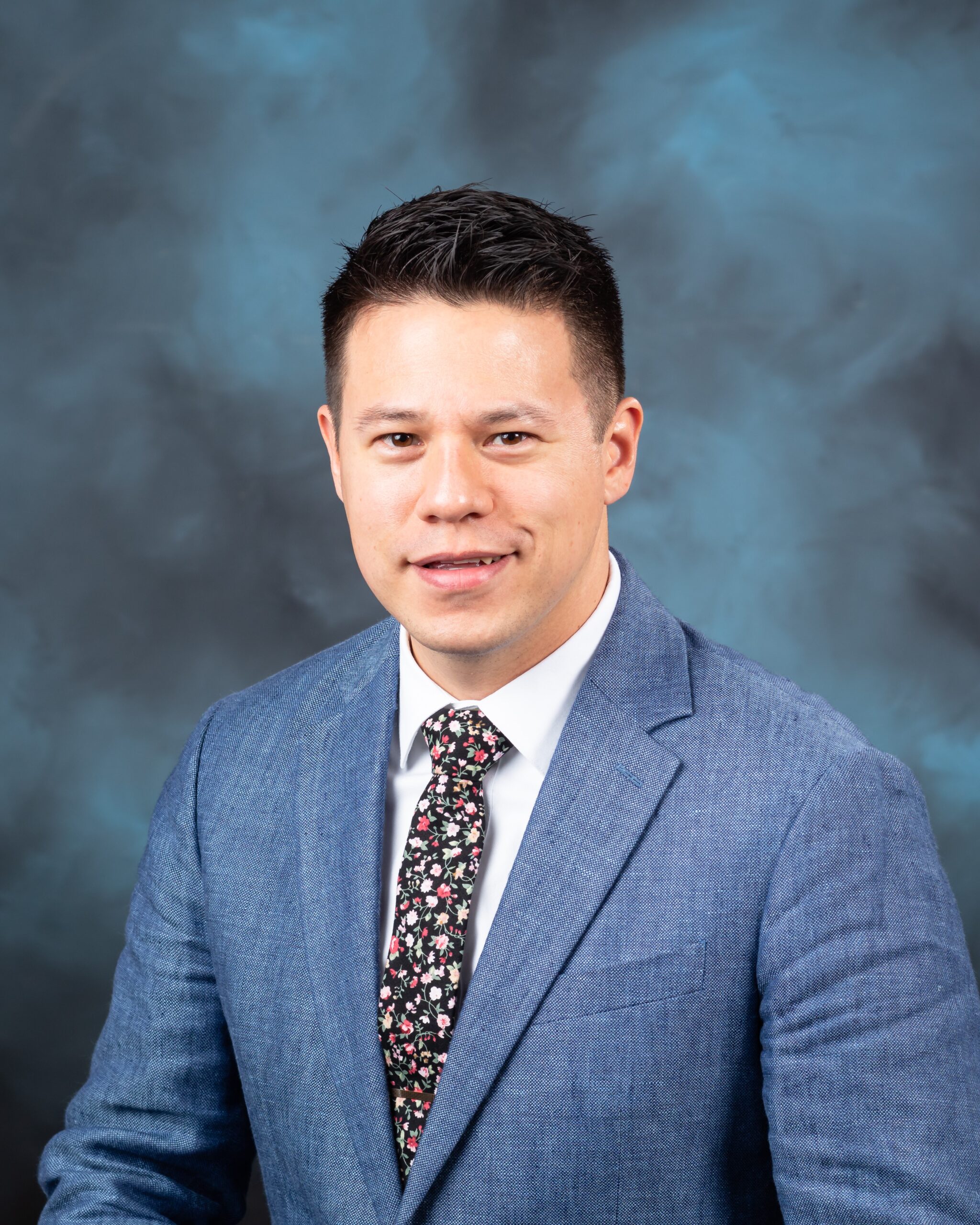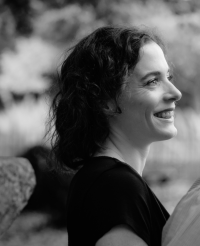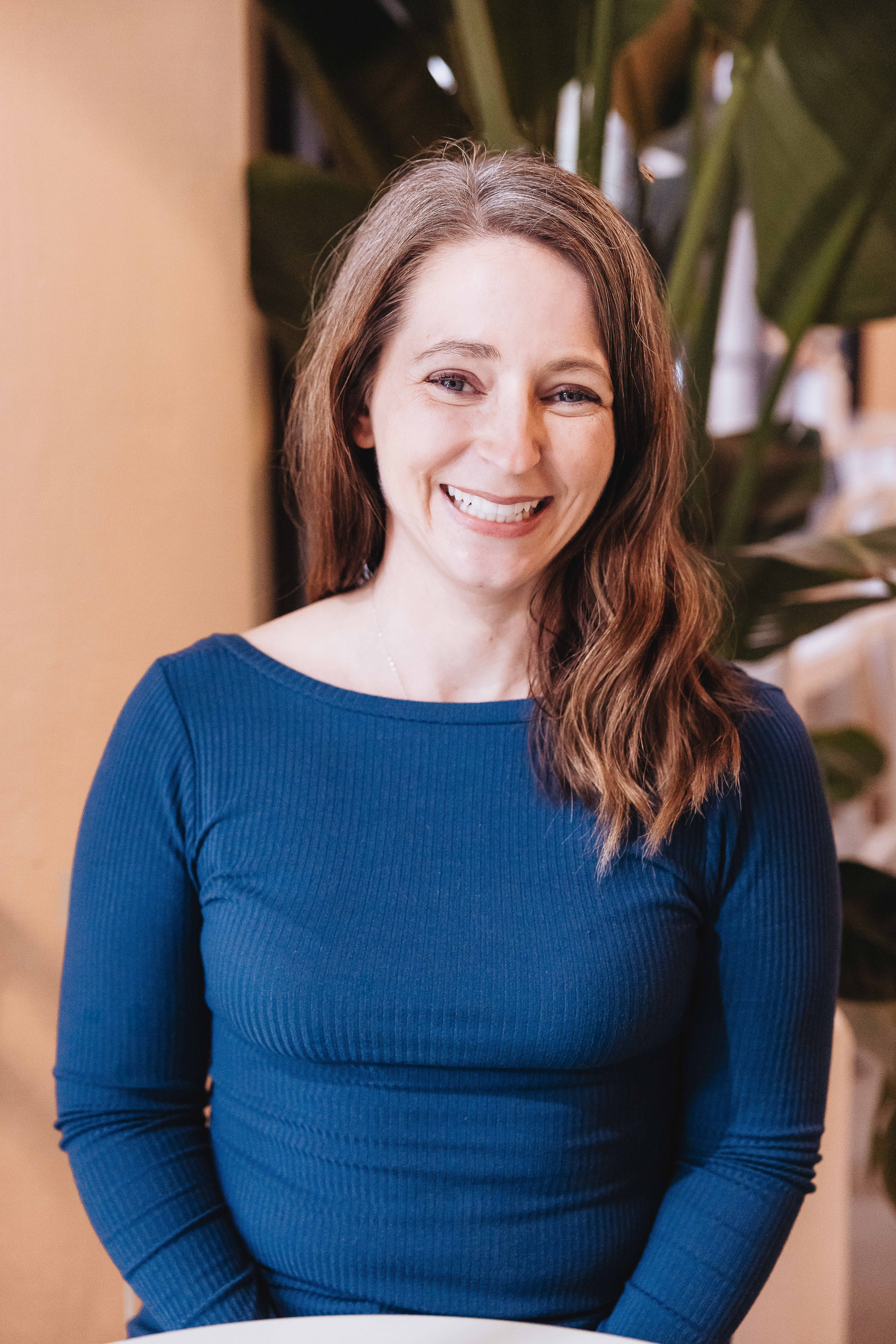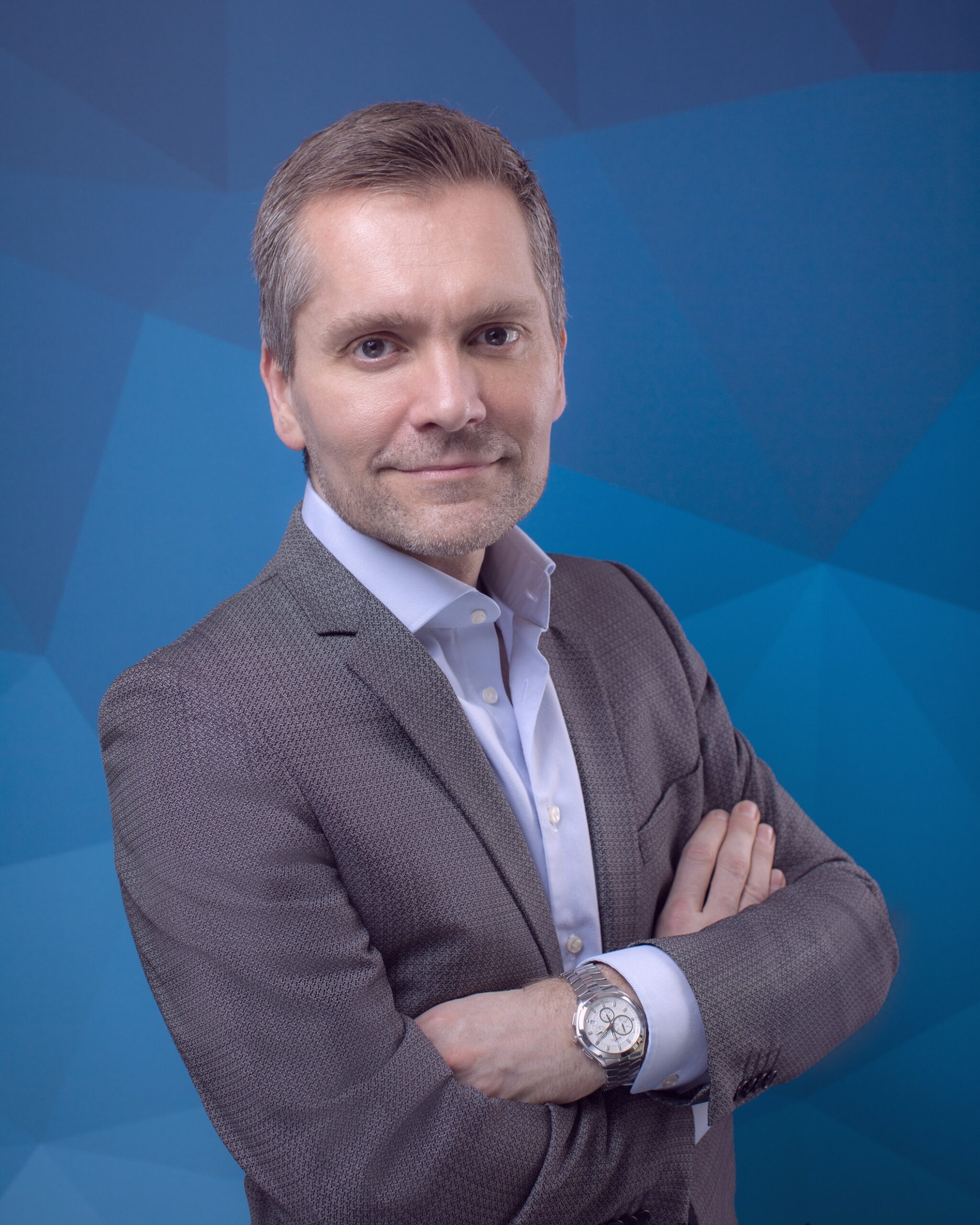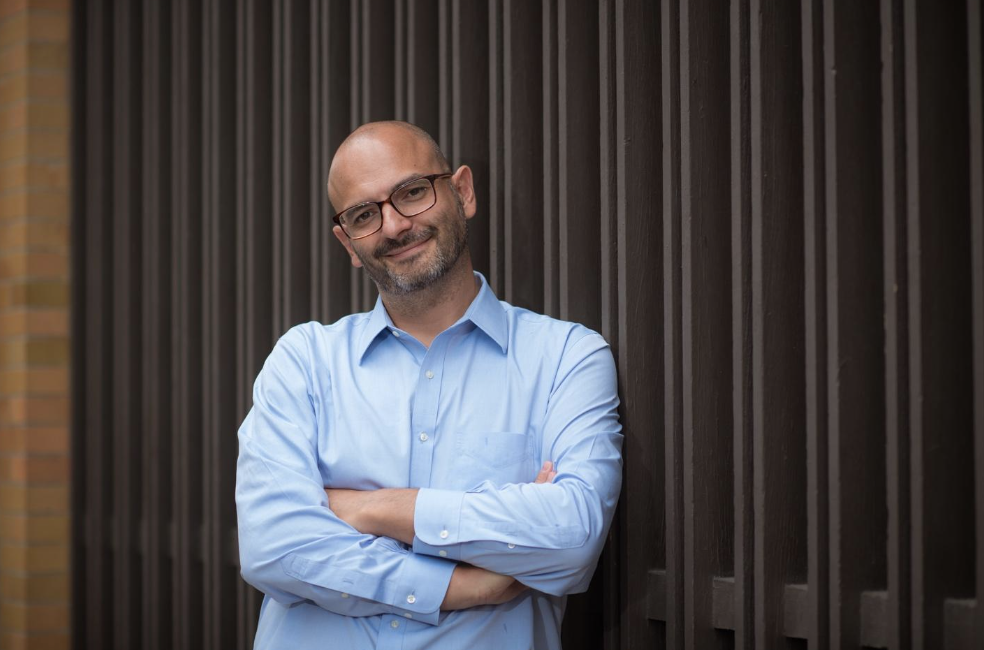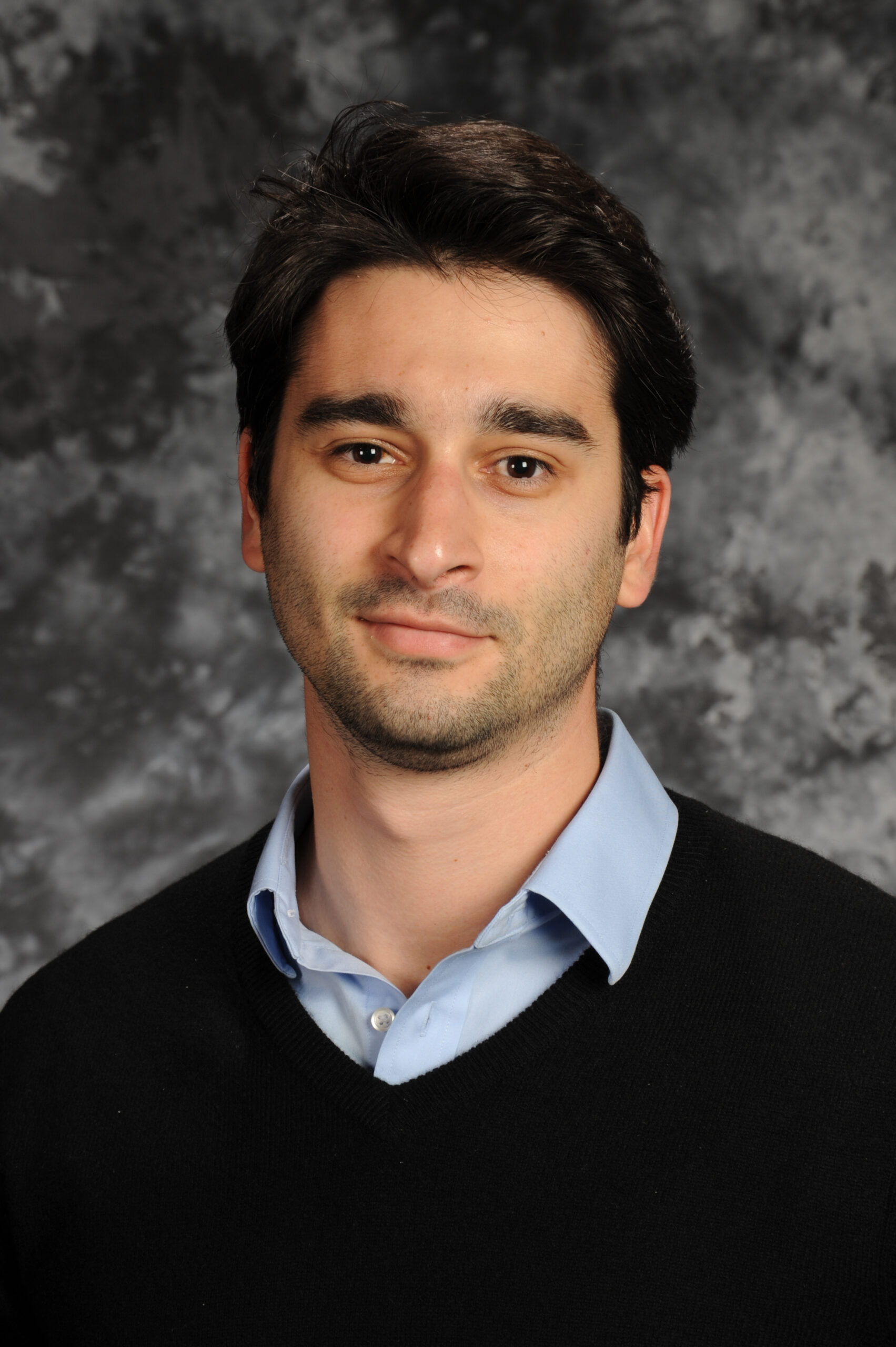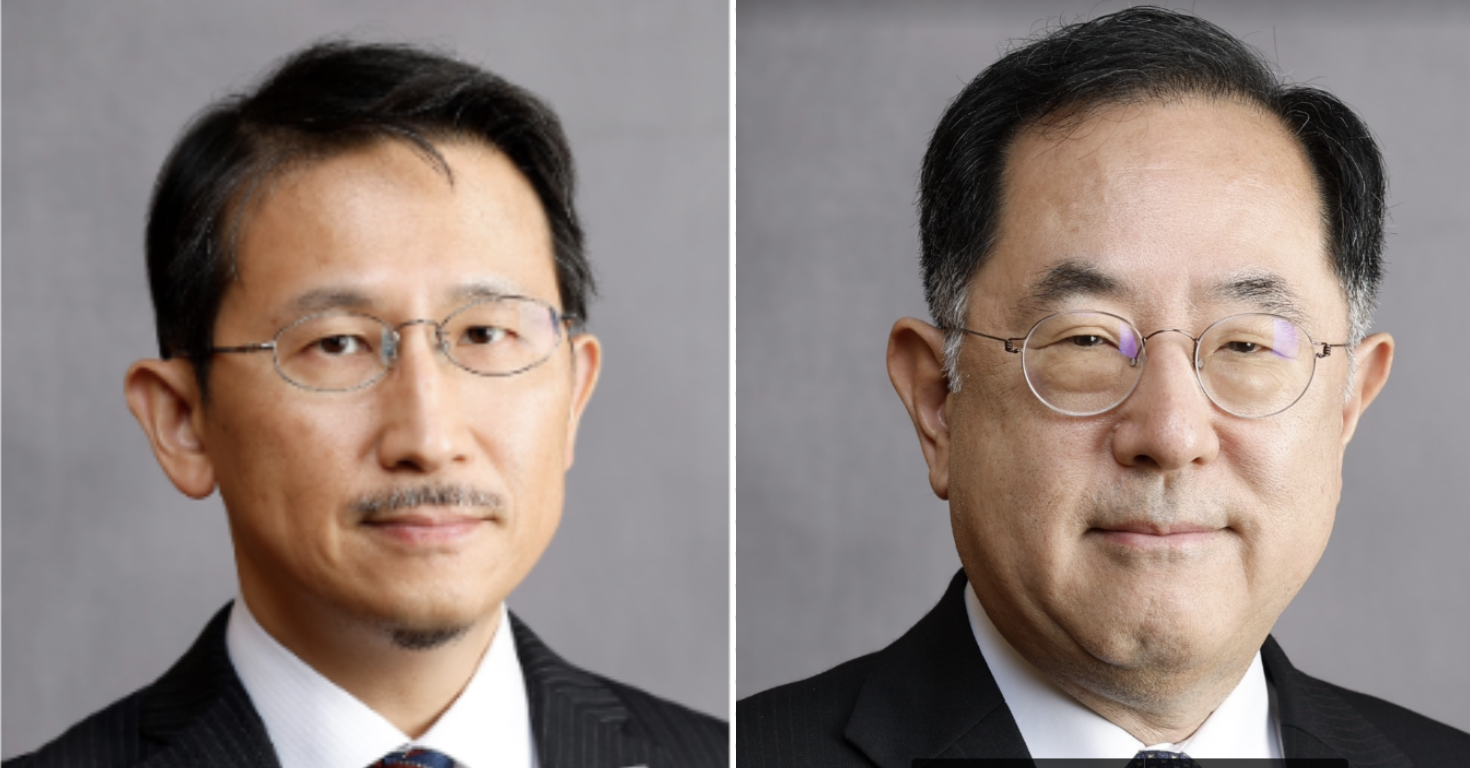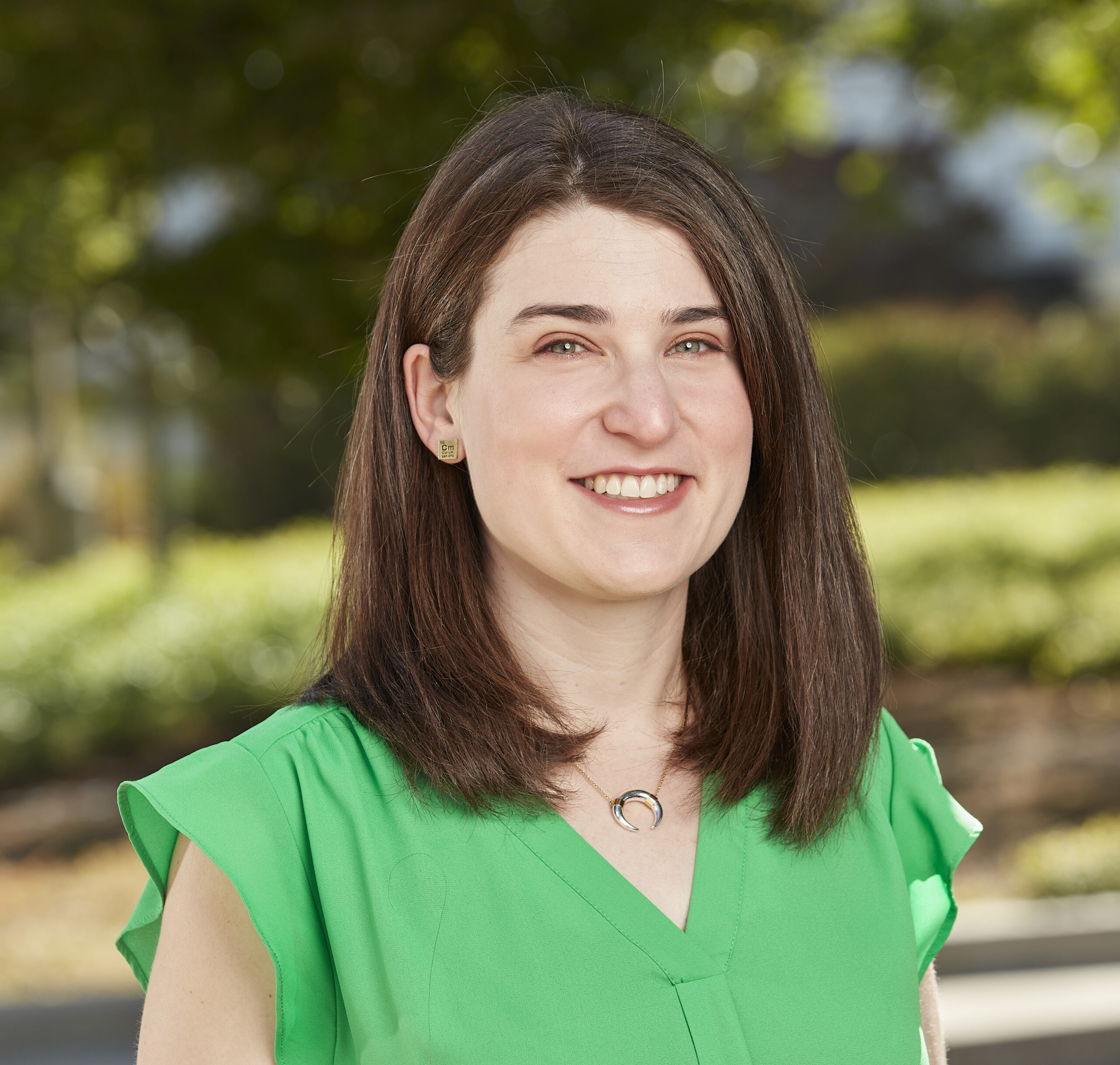Kaleidos: Making Nuclear Power Portable at Radiant Nuclear
3105 Etcheverry Hall 3105 Etcheverry Hall, Berkeley, CA, United StatesDr. Benjamin R. Betzler Head of Nuclear Engineering at Radiant Increased industry development of nuclear microreactors over the last several years is largely due to their portability and operational flexibility, making them a feasible carbon-free technology for a variety of electrical grid sizes and remote locations. Reliability and operational flexibility, with years of operation without …

